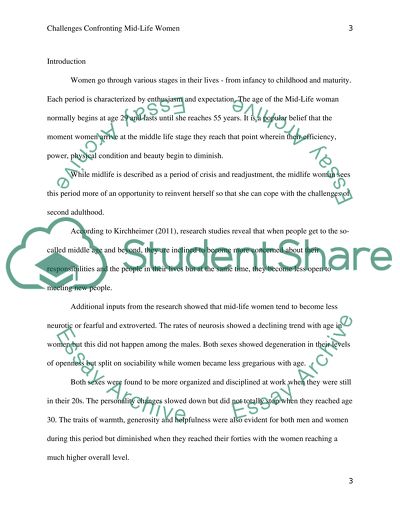Cite this document
(“Mid-life women: Relation of age and role to personality. Compared Research Paper”, n.d.)
Retrieved from https://studentshare.org/family-consumer-science/1406212-mid-life-women-relation-of-age-and-role-to
Retrieved from https://studentshare.org/family-consumer-science/1406212-mid-life-women-relation-of-age-and-role-to
(Mid-Life Women: Relation of Age and Role to Personality. Compared Research Paper)
https://studentshare.org/family-consumer-science/1406212-mid-life-women-relation-of-age-and-role-to.
https://studentshare.org/family-consumer-science/1406212-mid-life-women-relation-of-age-and-role-to.
“Mid-Life Women: Relation of Age and Role to Personality. Compared Research Paper”, n.d. https://studentshare.org/family-consumer-science/1406212-mid-life-women-relation-of-age-and-role-to.


